Those slender, spry appendages you see on your feline friend’s face? They’re more than just a quirky physical trait. Known as cat whiskers, these feelers are essential tools that help your furball navigate their world.
Acting as sophisticated sensory devices, cat whiskers measure the environment, assess threats, aid in hunting, and even express emotions. This article delves into the fascinating world of whiskers, exploring their structure, location, sensitivity, and critical role in feline communication. So stick around, and let’s unravel the mystery behind your kitty’s twitching whiskers.
Anatomy of Whiskers
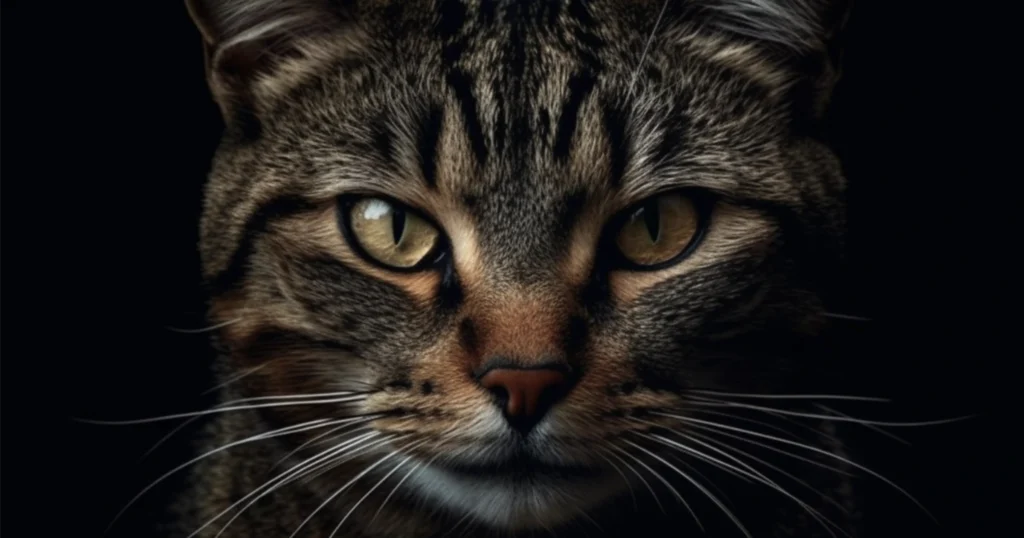
Definition and Structure of Whiskers
Often mistaken for mere facial hair, cat whiskers, scientifically termed ‘vibrissae’, are actually a remarkable sensory apparatus. They’re stiffer and thicker than typical fur, rooted three times deeper within the cat’s tissue. The base of each whisker is surrounded by a cushion of blood, enhancing sensitivity to the tiniest of vibrations. The whisker tips are so delicate that even a slight air current can stir them, providing your feline with vital environmental cues.
Locations of Whiskers
If you think whiskers only grace a cat’s face, think again! Sure, the most prominent set embellishes the muzzle, standing proudly on both sides of their cute button nose. But look closely, and you’ll discover whiskers in other locations too.
Underneath their chin, you’ll spot a sparse set. Similar whisker-like tufts also appear above their expressive eyes, on the forelegs, near the ears, and on the upper lip. Each set of these whiskers plays a unique role, providing your kitty with a 360-degree sensory experience. Thus, every whisker, regardless of location, aids in their fascinating interaction with the world.
The Number of Whiskers
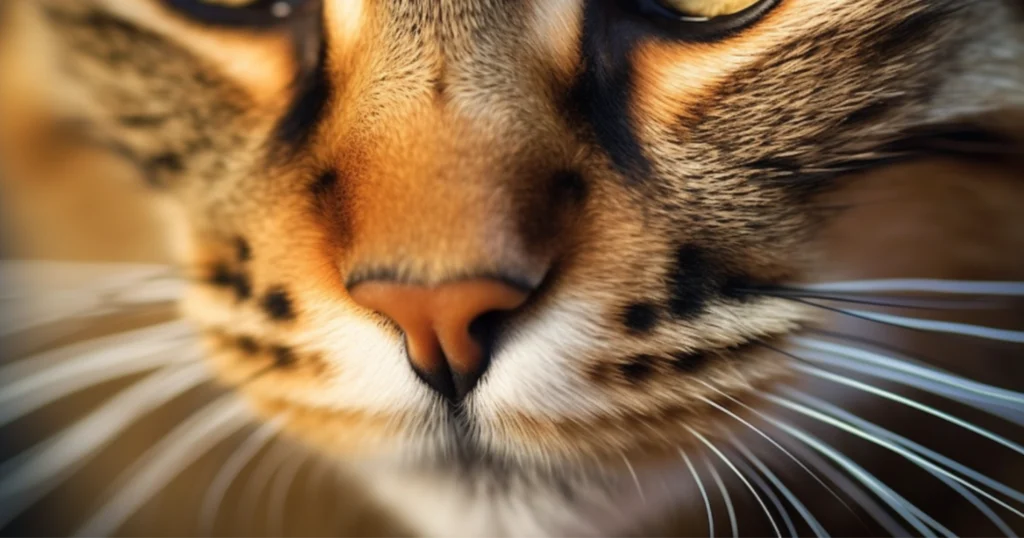
Ready for some whisker arithmetic? Your cat’s face hosts an even number of these sensor-filled hairs. Most kitties sport 24 whiskers on their muzzle, neatly arranged in four rows on each side. This disciplined layout is no fluke of nature; it optimizes their environmental perception.
Each whisker functions as a sensitive touch receptor, tuning into the minutest changes in the surroundings. So, when you see your cat’s whiskers twitching, remember they’re busy crunching data, making your kitty a real-life, whiskered mathematician! In essence, the count and order of whiskers add to the feline’s sophisticated sensory toolkit.
Whiskers as Sensory Tools
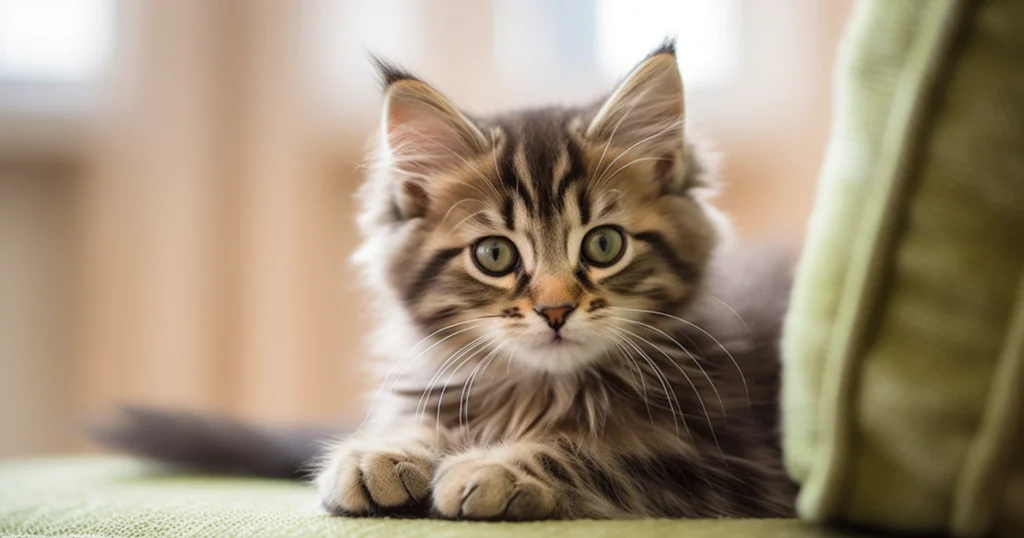
Sensing Vibrations and Air Currents
Cat whiskers are marvels of sensory perception, keenly tuned to vibrations and shifts in air currents. Imagine them as a radar system for your cat, silently, yet continuously, scanning the surroundings. The slightest flutter of a leaf, the silent swoop of a bird, even the unseen air currents – nothing escapes these sensitive antennae. Each vibration is registered, processed, and responded to, often resulting in those delightful leaps and acrobatic lunges we associate with our feline friends.
Assisting with Close-up Vision
Now, let’s turn our attention to a close-up view. Unlike humans, cats have a blind spot right under their nose. But no worries! The whiskers come to the rescue. Aided by their remarkable sensitivity, whiskers help cats explore objects in their immediate vicinity. They can accurately gauge the size, shape, and texture of an object, be it a curious new toy or a tantalizing treat. Essentially, whiskers provide cats with a tactile map of their environment, enhancing their close-up vision, and ensuring they never miss out on any exciting findings or tasty bites.
Role of Whiskers in Navigation

Measuring the Environment
Ever wondered how your kitty can navigate through the tiniest of spaces without getting stuck? Credit their whiskers! Roughly the same width as their body, these barometers of dimension help cats assess if they can squeeze through an opening. By brushing against the sides, whiskers relay precise measurements of the gap, ensuring their curiosity doesn’t lead them into a tight spot.
Enhancing Night Vision
Cat whiskers also play a significant role when the lights go out. Even though cats have excellent night vision, whiskers amp up their after-dark navigation skills. As whiskers detect minute changes in air currents, they alert cats to obstacles ahead, preventing unexpected collisions. This whisker-assisted navigation means your feline explorer can stealthily prowl in the dark, a testament to their nocturnal ancestry.
Whiskers as Indicators of Emotion
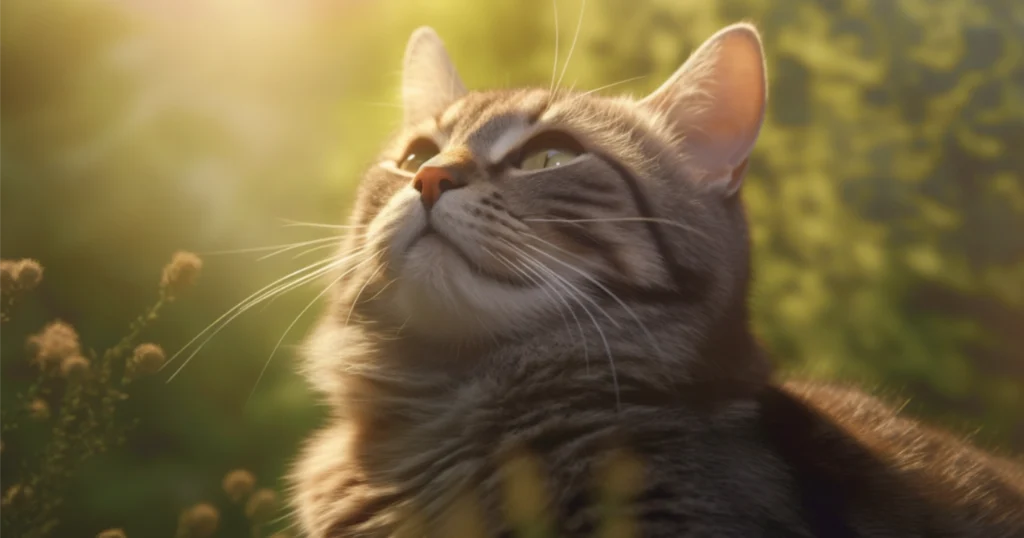
Whiskers aren’t just nifty navigational tools; they’re emotional barometers too! The position of cat whiskers can spill the beans on your furry friend’s feelings. When relaxed and content, a cat’s whiskers sit in a neutral, slightly fanned-out position. Encounter an interesting new scent or toy? Whiskers spring forward, signaling curiosity. But, see them pulled tightly back against the face? Uh-oh, your cat is likely feeling threatened or aggressive. So, pay attention to your cat’s whiskers – they’re tiny emotional signposts, helping you decode feline feelings.
Changes in Whiskers with Age
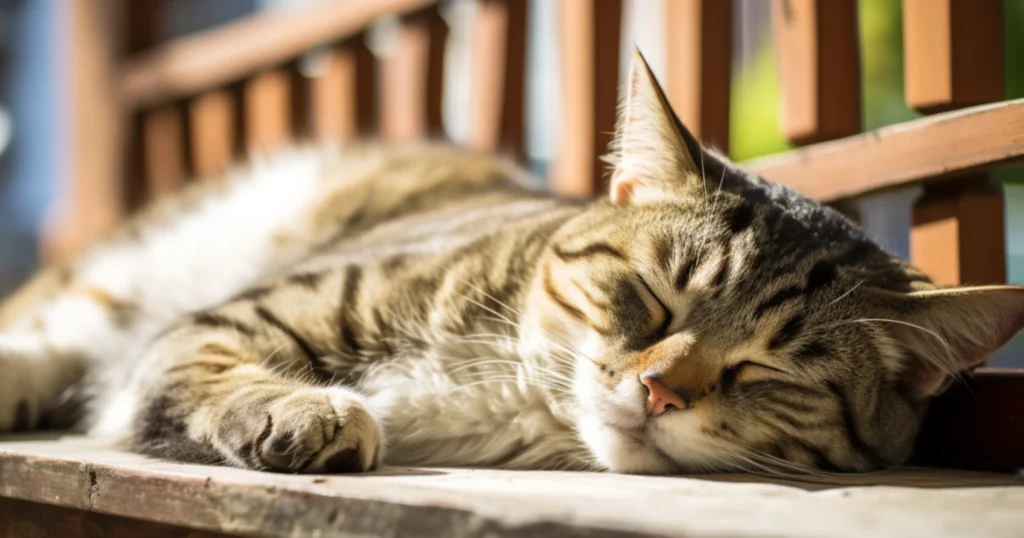
Like the fur on their coat, a cat’s whiskers can also bear the signs of time. With age, you may notice your kitty’s whiskers turning white or gray. These color changes are perfectly natural, adding a distinguished touch to your senior cat’s face, accentuating their wise and experienced aura.
Importance of NOT Trimming Whiskers
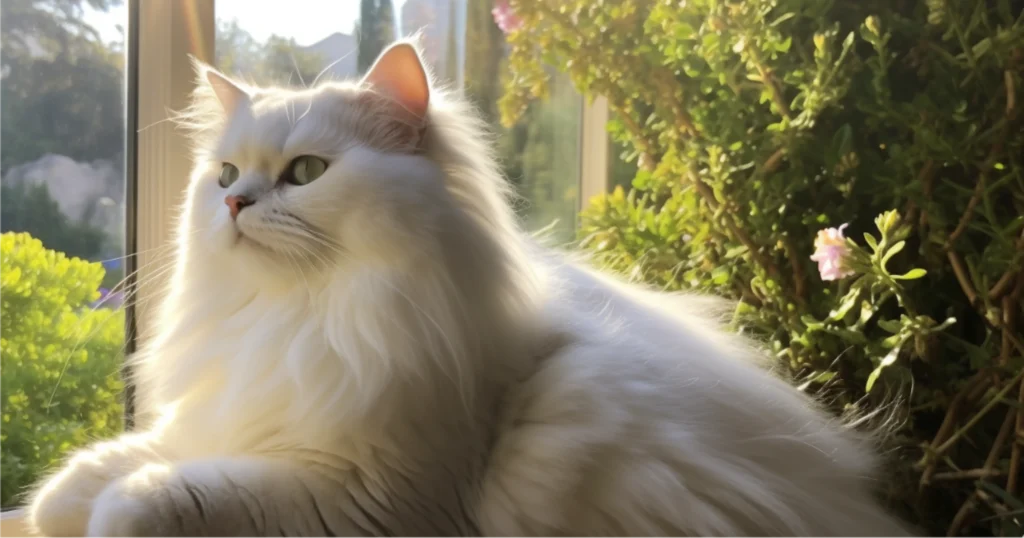
While it may be tempting to tidy up those stray whiskers, don’t! Trimming a cat’s whiskers can disorient and distress them. Their crucial sensory function allows safe navigation and perception of their surroundings. So, for your feline’s wellbeing, let their whiskers be, regardless of their wild and unruly style!
Conclusion
Cat whiskers are nothing short of spectacular. From aiding in navigation and measuring the environment, to acting as emotional indicators and even changing color with age – each role is crucial in the cat’s day-to-day life. These seemingly simple hairs aren’t just a cute adornment, they’re essential sensory tools. So, next time you find yourself marveling at your kitty’s whiskers, remember, they’re much more than meets the eye. Keep in mind – these cat whiskers make the feline world go round!


